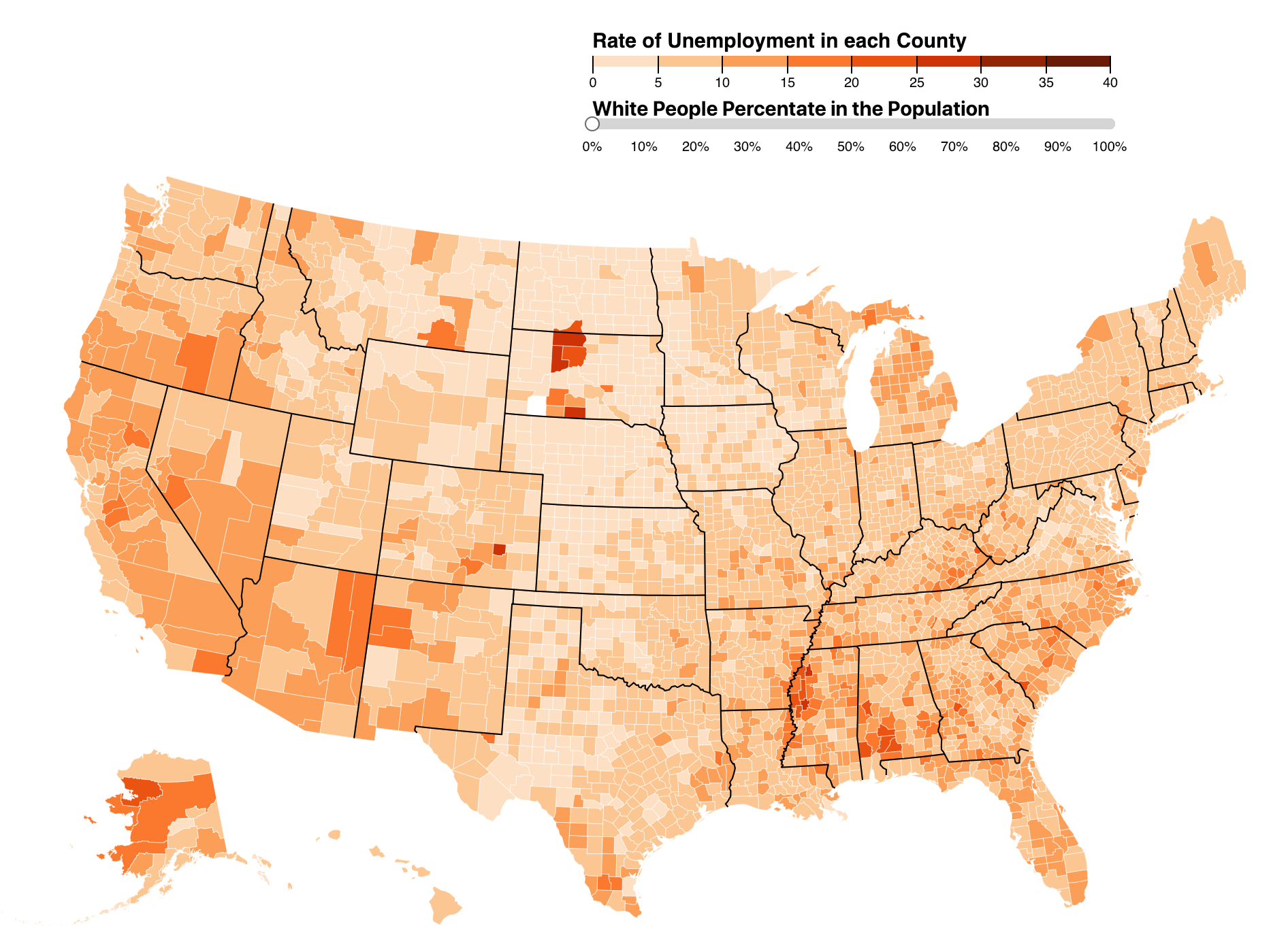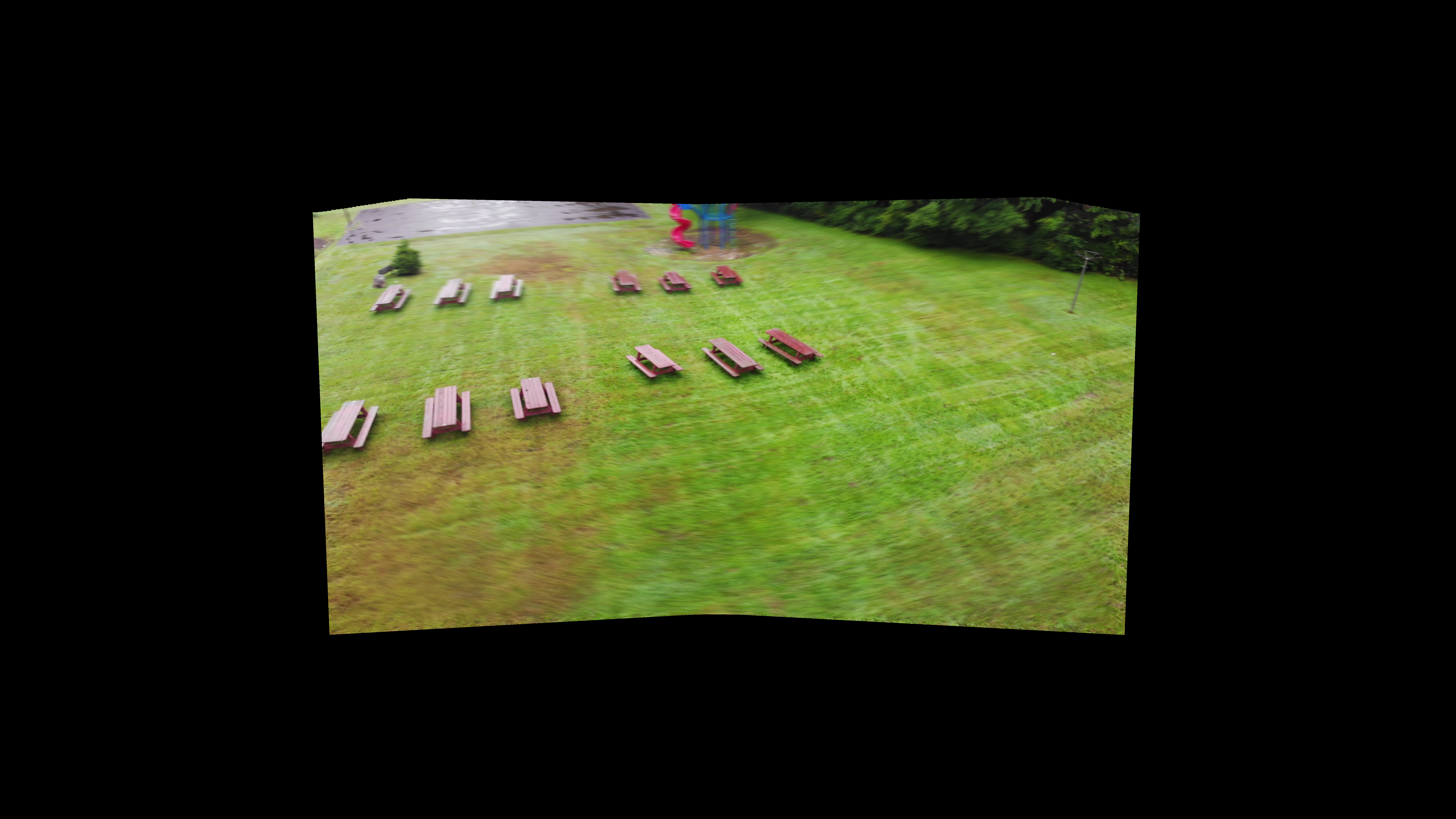Algorithms
Published:
Learning the basic algorithms is crucial for programmers. Here is a personal summary of details about how to solve algorithm problems in practice with examples from LeetCode. Please check out:
Published:
Learning the basic algorithms is crucial for programmers. Here is a personal summary of details about how to solve algorithm problems in practice with examples from LeetCode. Please check out:
Published:
How to efficiently get one-hot representation with pytorch? Here’s the solution to it.
Published:
How to creating a customized colorbar with python? When creating heatmaps, we usually have
Published:
The data visualization projects are done using D3(Data Driven Document). 
Published:
This is the panorama recovered from 25 images taken from an UAV. I used Pixel Congealing to estimate rotation parameters. 
Published:
There are a lot universal principles and basic concepts in machine learning. This post is a brief explanation of some of the questions which may help your understanding and interviews. Thanks for here.
Published:
Running a python notebook in need of large computing resources, expecially the GPUs, are always a concern for programmers. A good solution is to run the notebook on a remote cluster.
Published:
For similarity search in high-dimensional vector spaces (or ‘HDVSs’) in database system, the performance of most methods generally degrades as dimensionality increases. However, there’s a simple vector approximation scheme, called VA-file, exhibit linear complexity at high dimensionality. In this post, I show the comparison of R-tree and VA-File in HDVSs.
Published:
A version of personal leetcode implementation.
Published:
Model inference is a powerful technique to inspect the process and gain insights of what the process is capable of by analyzing the traces generated by this process. In order to test the sensitivity and generalization of model inference, we generate a large amount of traces from intents flow in multi-turn question answering conversations. We perform both qualitative and quantitative analysis of the inferred models, and manage to make some intuitive observations from them. The experiments indicate that given a large of amount of traces, model inference can handle the complexity of human conversations, and provide insights on several patterns of QA dialogues.